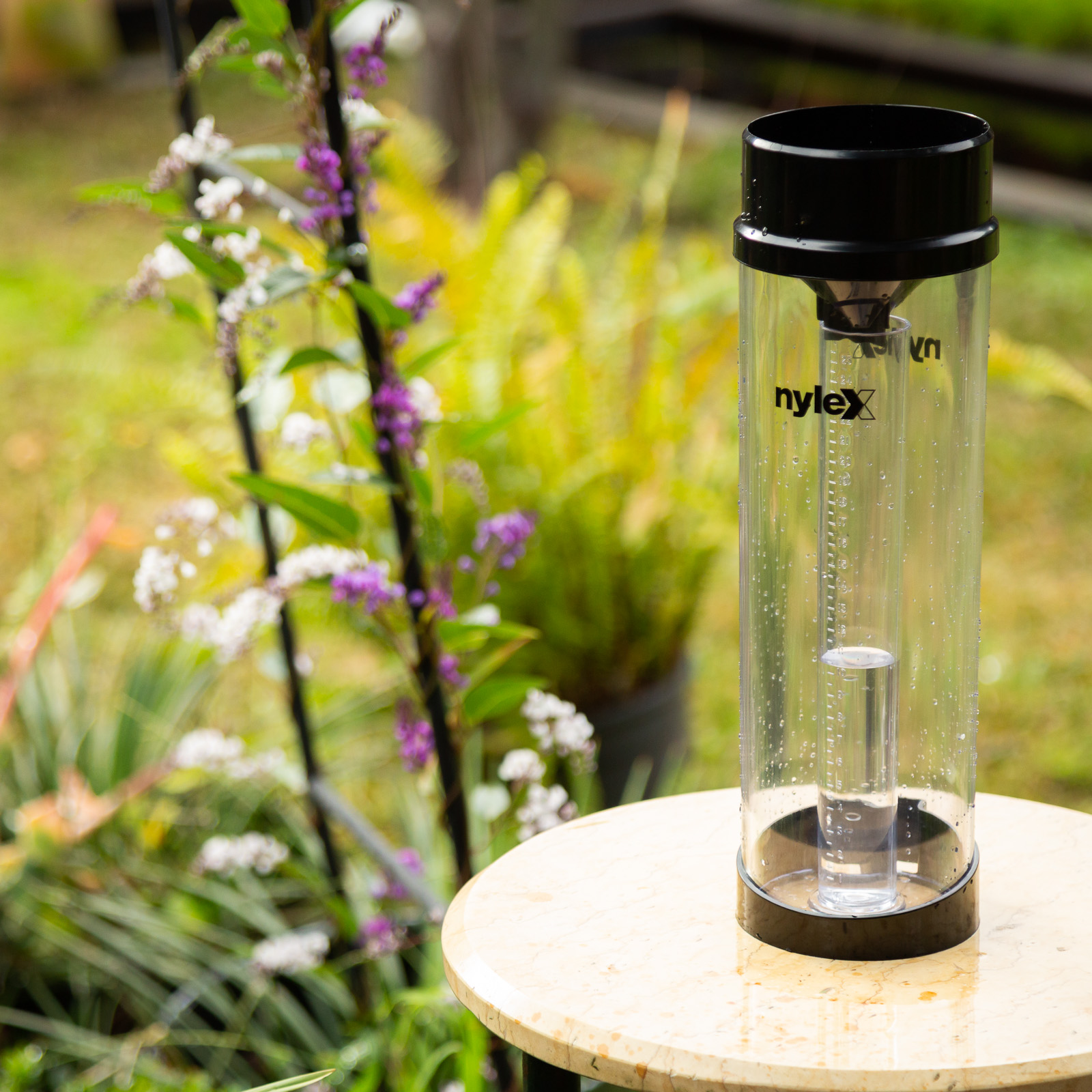How to Pick the Right Rain Gauge for Reliable Precipitation Tracking
How to Pick the Right Rain Gauge for Reliable Precipitation Tracking
Blog Article
Unveiling the Science Behind Rainfall Evaluates: How These Gadgets Play an Important Duty in Climate Research Study and Ecological Surveillance
Rainfall assesses, relatively easy gadgets, hold a profound significance in the realm of environment research and ecological surveillance. As we peel off back the layers of this scientific veil surrounding rainfall assesses, we uncover a world where precision, data precision, and thorough observation converge to introduce a much deeper understanding of our transforming climate and its impact on the world.
Value of Rain Gauges
Rainfall assesses play a crucial duty in surveillance and determining precipitation degrees, offering vital information for environment research study and analysis. These tools are basic in quantifying the amount of rainfall that takes place in a particular location over a particular period. By measuring and gathering rain, rain gauges offer valuable understandings into the circulation and intensity of precipitation, aiding meteorologists, hydrologists, and climatologists in comprehending weather patterns and trends.
Among the essential reasons rainfall assesses are essential is their capacity to offer localized and precise information. Unlike satellite or radar-based measurements, which provide wider monitorings, rain gauges offer exact info specific to the area where they are placed. This localized information is important for numerous applications, including flood projecting, dry spell monitoring, and water source monitoring. Additionally, long-lasting information collected from rain assesses assists in analyzing climate modification impacts and patterns, adding significantly to scientific research study and decision-making processes. Essentially, rainfall gauges work as important tools in the field of meteorology and environmental science, playing an important duty beforehand our understanding of climate and environment characteristics.
Kinds of Rainfall Gauges
Performance and Operation
In the realm of climate research and atmospheric research studies, the efficiency of rain gauges hinge on their complex performance and exact functional systems. Rainfall gauges are made to precisely determine the amount of rainfall that drops over a particular area throughout a set duration. These gadgets normally include a channel that gathers rainwater and networks it into a gauging tube. The determining tube is marked with adjusted measurements that enable the exact quantification of rains.
The capability of rainfall determines is based upon the concept of collecting and determining rainwater in a standardized manner. This gathered information is critical for comprehending neighborhood weather patterns, tracking long-lasting environment trends, and examining ecological impacts. To make sure exact measurements, rain determines need to be tactically put in open locations away from obstructions such as structures or trees that can disrupt the collection process.
The functional aspect of rainfall gauges includes normal upkeep to avoid debris build-up, calibration checks to preserve measurement precision, and information videotaping for evaluation (rain gauge). Overall, the performance and procedure of rainfall determines are important for gathering trusted rainfall information vital to environment study and environmental monitoring
Role in Climate Research
Given why not try these out the crucial value of precise precipitation measurements in understanding weather patterns and environmental impacts, the role of rain gauges in climate research is essential. Rain determines provide essential data for environment research by measuring the amount of rainfall that falls over a details location during an offered period. This data is vital for monitoring lasting patterns in precipitation patterns, assessing the influence of environment change on rains circulation, and enhancing climate versions.

Climate scientists utilize information gathered from rainfall evaluates to evaluate variants in rainfall levels, recognize local environment fads, and assess the performance of water resource monitoring methods. By comparing historic precipitation information with present measurements, scientists can spot changes in precipitation patterns, such as modifications in the regularity or strength of rains occasions. This details is important for recognizing how climate adjustment is influencing precipitation dynamics and can aid policymakers make informed decisions pertaining to adaptation and mitigation methods.
Applications in Ecological Monitoring

In flooding forecasting, rain gauge data aids to track rainfall intensity and circulation, permitting authorities to provide prompt cautions and take required steps to mitigate flooding dangers (rain gauge). Drought monitoring relies on rainfall gauge information to assess moisture degrees in the dirt and track precipitation deficiencies, helping in the identification of drought-prone areas and the implementation of drought feedback approaches
In addition, rain gauge information plays a vital function in water source management by giving info on water schedule and usage trends. Furthermore, in agriculture, rainfall scale data assists farmers in enhancing watering routines, plant option, and overall farm administration methods based on regional rainfall patterns.
Verdict
In final thought, rain assesses are crucial devices for gauging rainfall, supplying useful information for environment research study and environmental tracking. With various types and functionalities, rain gauges play an essential role in understanding rainfall patterns and their influence on the setting. By accurately gauging rainfall, these devices add to the advancement of clinical expertise and assistance in making informed decisions pertaining to water source management and disaster readiness.
Rain gauges play an important role in surveillance and gauging precipitation levels, giving necessary data for climate study and evaluation. The conventional rain scale, understood as the "tipping you could check here bucket" scale, is one of the most frequently utilized devices. Ultrasonic rainfall determines usage noise waves to discover the existence of rain, providing real-time information on precipitation degrees.Climate scientists utilize information collected from rainfall evaluates to analyze variations in rainfall levels, recognize regional environment get redirected here patterns, and review the efficiency of water source administration approaches.In final thought, rainfall gauges are essential tools for gauging precipitation, supplying valuable data for environment research and ecological surveillance.
Report this page